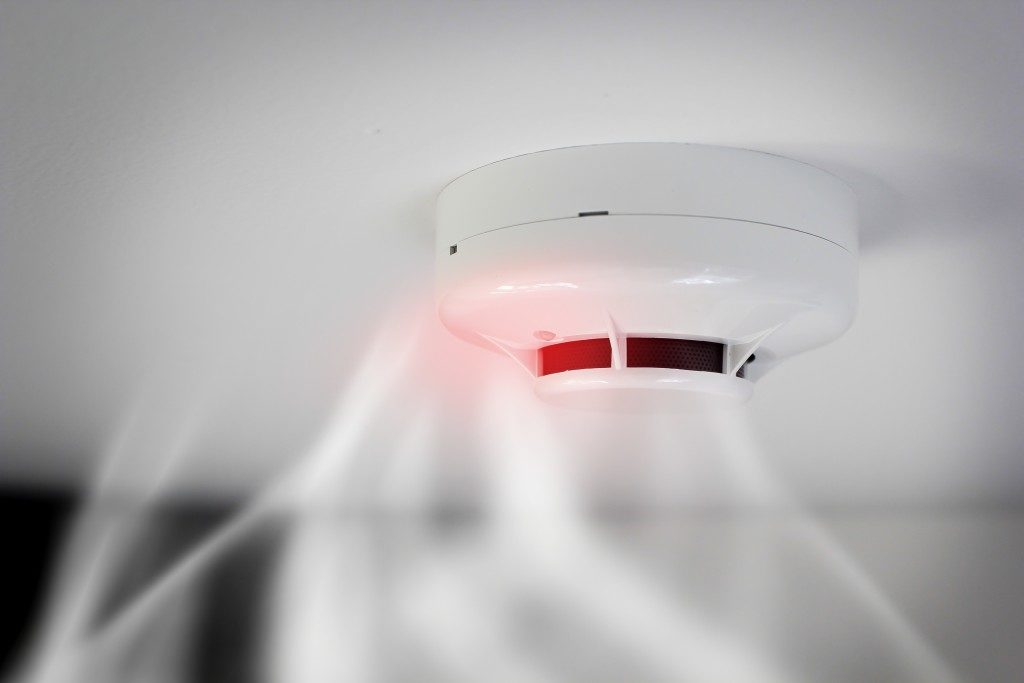Hospitals are busy places, with lots of people hustling around. So it’s understandable that they might occasionally make mistakes and accidentally take the wrong medication or forget to refrigerate a life-saving drug. The consequences could be dire — but luckily, there are 15 tips for hospitals for drug storage and maintenance! These tips can help hospitals keep track of their medications so that all patients get the proper treatment at the right time.
- 1. Label Medications Carefully
- 2. Store Medications Properly
- 3. Develop a Standard Operating Procedure for Medication Administration
- 4. Keep an Inventory of Medications
- 5. Dispense Medications in the Proper Doses
- 6. Administer Medications at the Right Time
- 7. Educate Patients and Their Families about Medications
- 8. Keep Medications Away from Children
- 9. Use Medication Alerts
- 10. Keep Track of Medication Errors
- 11. Implement a Quality Improvement Program
- 12. Conduct Regular Audits of the Pharmacy
- 13. Use Bar Code Technology
- 14. Check for Medication Interactions
- 15. Dispose of Medications Properly
- Conclusion
1. Label Medications Carefully
Label medications carefully to avoid mix-ups. Use two different ink colors for different types of drugs, and make sure that all labels are legible. You don’t want a patient receiving the wrong medication because it was difficult to read the label.
2. Store Medications Properly
Store medications in their designated locations, and make sure that they are appropriately labeled. This will help prevent confusion about what medication is where. It will also help you keep track of expiration dates and when medications need to be replaced. You should also get a narcotics lockbox to store controlled substances.
3. Develop a Standard Operating Procedure for Medication Administration
Develop a standard operating procedure (SOP) for medication administration. This will ensure that all hospital staff knows how to administer medications correctly. The SOP should include information on labeling medications, storing them, and disposing of them properly.
4. Keep an Inventory of Medications
Keep an inventory of all medications in the hospital, including those that are stored in the pharmacy and the ward stockroom. This will help you keep track of what medications are available and where they are located.
5. Dispense Medications in the Proper Doses
Dispense medications in the proper doses. This might seem like a no-brainer, but it’s important to double-check that the correct dose is being dispensed. Small errors can have big consequences.
6. Administer Medications at the Right Time
Administer medications at the right time. This is especially important for medications that need to be taken on a schedule, such as antibiotics. Make sure that all hospital staff knows when each medication needs to be taken.
7. Educate Patients and Their Families about Medications

Educate patients and their families about their medications. This includes information on what the medication is for, how to take it, and what side effects to expect. It’s also important to let them know when they should stop taking the medication.
8. Keep Medications Away from Children
Keep all medications out of reach of children. This includes both over-the-counter and prescription medications. Store them in a locked cabinet or drawer, and dispose of them properly when they are no longer needed.
9. Use Medication Alerts
Use medication alerts to remind hospital staff about important information regarding medications. For example, you could set up an alert to remind staff to check expiration dates or to administer a certain medication at a particular time.
10. Keep Track of Medication Errors
Keep track of any medication errors that occur in the hospital. This will help you identify problem areas and make changes to prevent future errors.
11. Implement a Quality Improvement Program
Implement a quality improvement program to reduce the number of medication errors. This might include training for hospital staff, changes to procedures, or the use of technology.
12. Conduct Regular Audits of the Pharmacy
Conduct regular audits of the pharmacy to ensure that all medications are stored and dispensed properly. This will help you catch any errors or problems that might be occurring.
13. Use Bar Code Technology
Use bar code technology to track medications. This will help you keep track of where each medication is located, how much is available, and when it expires.
14. Check for Medication Interactions
Check for medication interactions to avoid adverse effects. This includes checking for interactions between different types of medications and between medications and food.
15. Dispose of Medications Properly
When medications are no longer needed, they should be disposed of properly. This means taking them to a local pharmacy or drug disposal site. You can also flush some medications down the toilet, but you should check with your local pharmacy to see which medications can be flushed. Be sure to dispose of medications properly, as they can be harmful if they are not handled correctly.
Conclusion
In conclusion, to reduce the number of medication errors that occur in your hospital or medical facility, it’s important for you to follow these 15 tips. Hospitals often have a lot on their plate and are responsible for storing and maintaining a wide variety of drugs. It’s helpful if hospitals can identify problem areas by keeping track of any incidents which might be occurring more frequently than others do so that they can make changes accordingly. By implementing some simple quality improvement programs like training staff or changing procedures, you could help avoid medication mix-ups and ensure patient safety!





